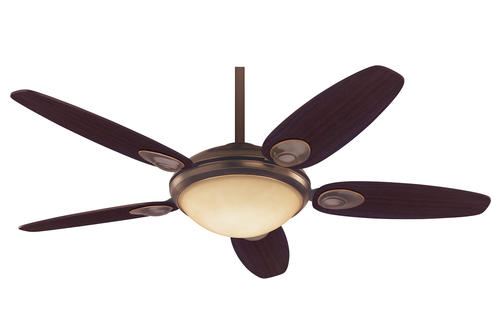In summer cooling position, the ceiling fan is supposed to pull the air up along the exterior walls, then to the center of the room where the ceiling fan is located, and then push it down in the center of the room. Think about the fact that you may have a window on an exterior wall that is open. As the air is lifted, it grabs outside air, hopefully cooler than what is in the room, and then pulls it to the center and blows it down to aid in cooling you and the room.
Now in the winter months, the ceiling fan is reversed and the air is drawn down from the the ceiling along the walls, that forces the air to move towards the center of the room where the fan draws it up in the middle of the room. This process uses this warm air overhead to warm the walls , especially the exterior walls where drafts are commonly found, thus eliminating cold spots in your room. The fan actually balances out the air in the room.
Think about where you are hanging a ceiling fan before installing it. Airhart Electric does not recommend them in kitchens or kitchen/dining room combos, and here’s why. The greasy residue you find on you range and hood fan, will also be found on the blades of a ceiling fan in this location. It’s a real mess to clean and just try cooking on a gas stove while a fan is blowing on it. I think you get our drift, right?
By using your ceiling fan in the ways listed above, you’ll know how to keep your house warm and you’ll find energy savings and comfort throughout your home. Isn’t this a cool tip?
